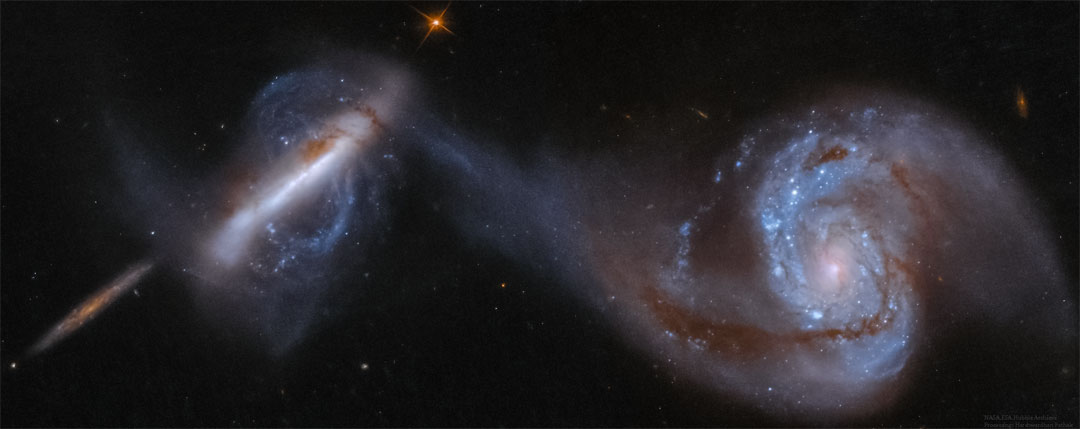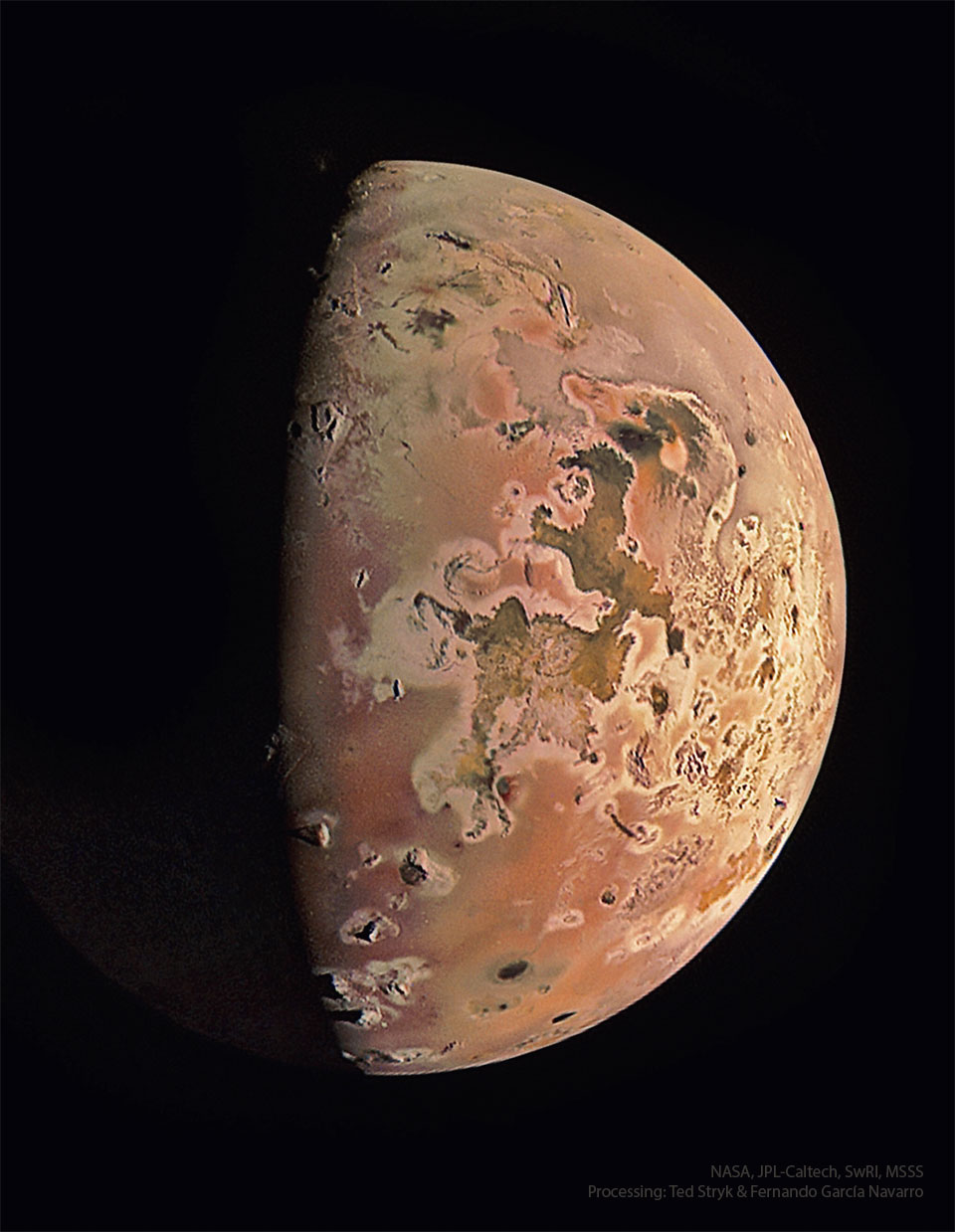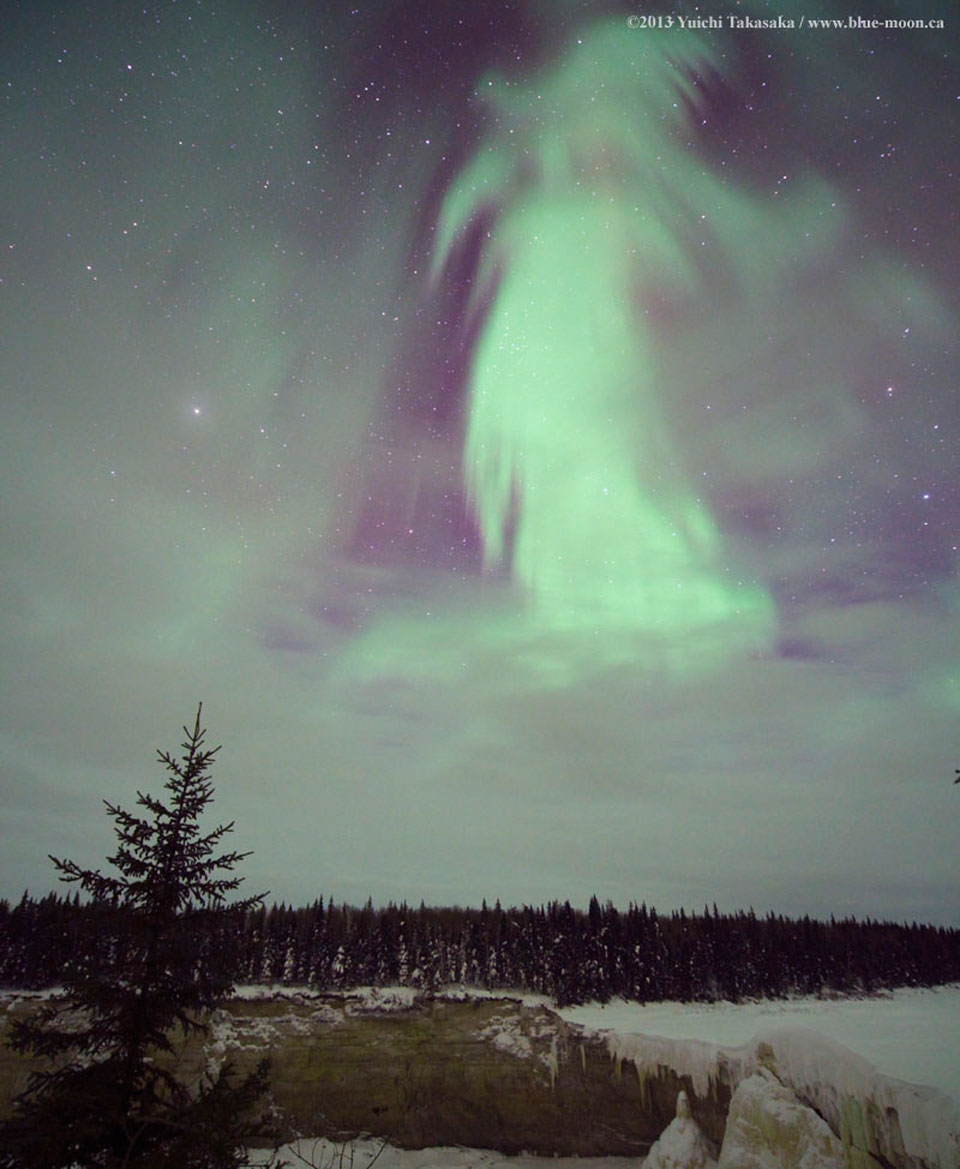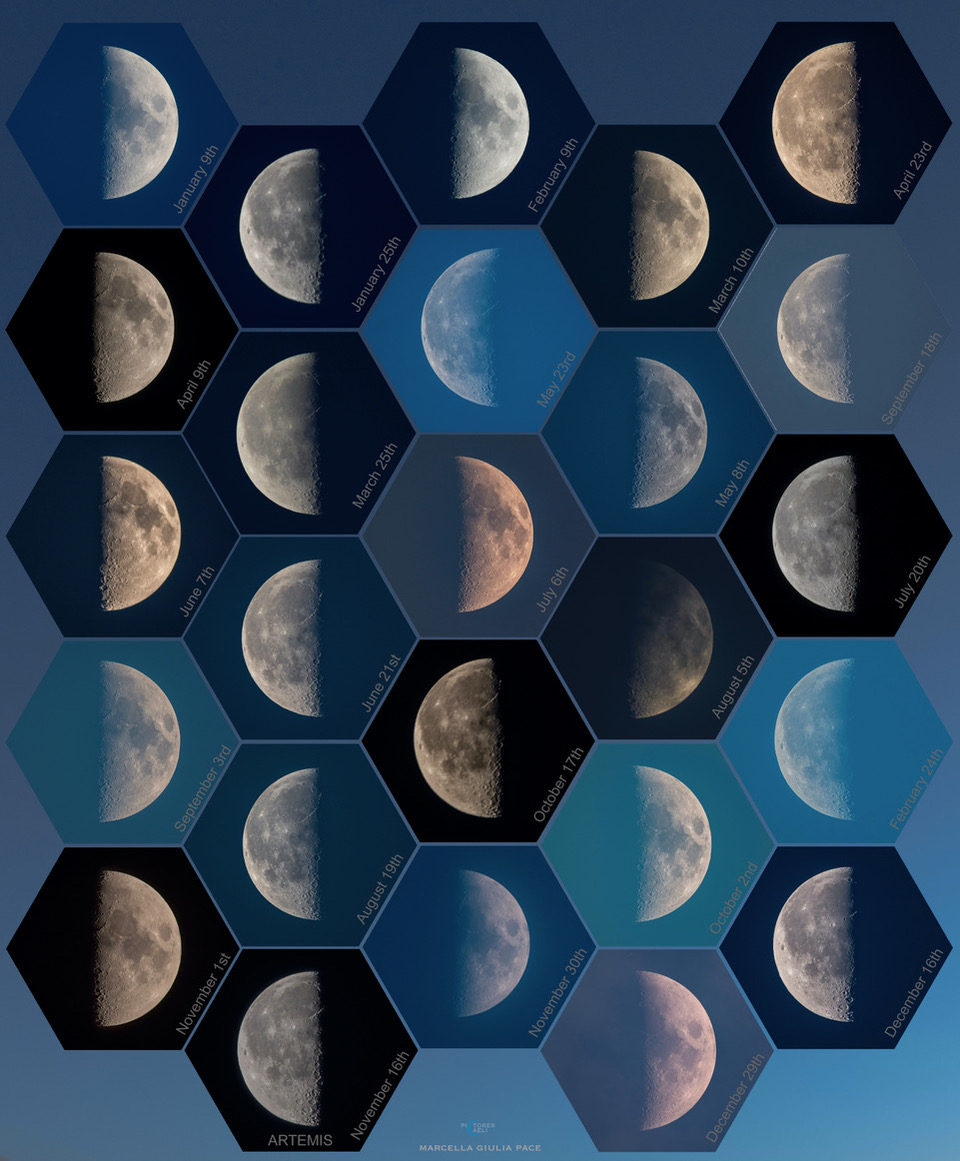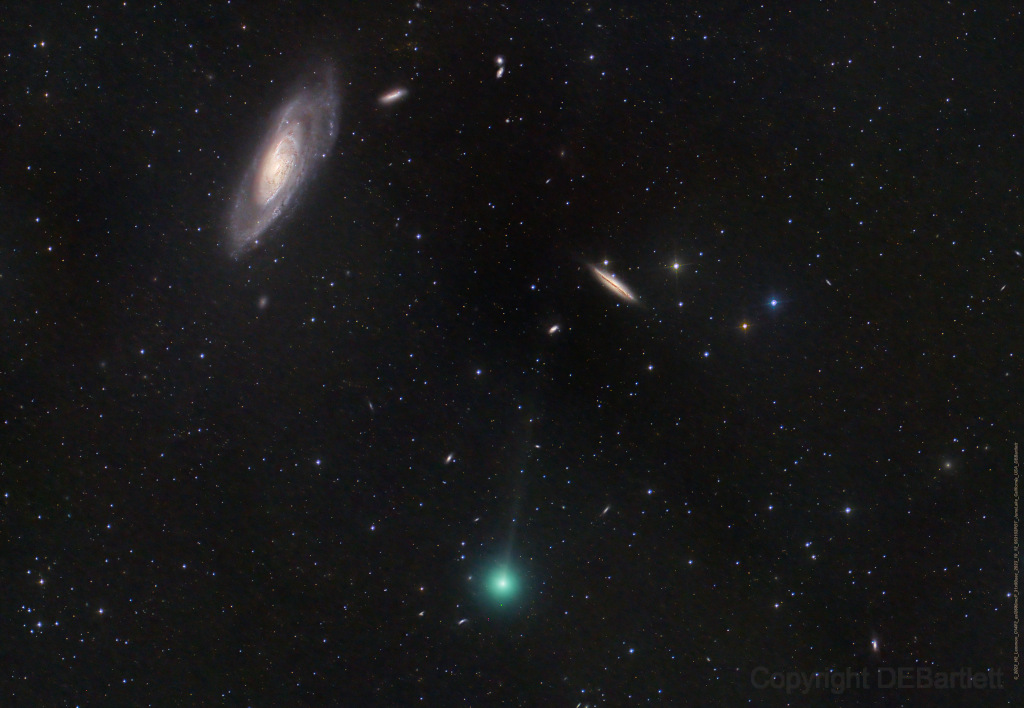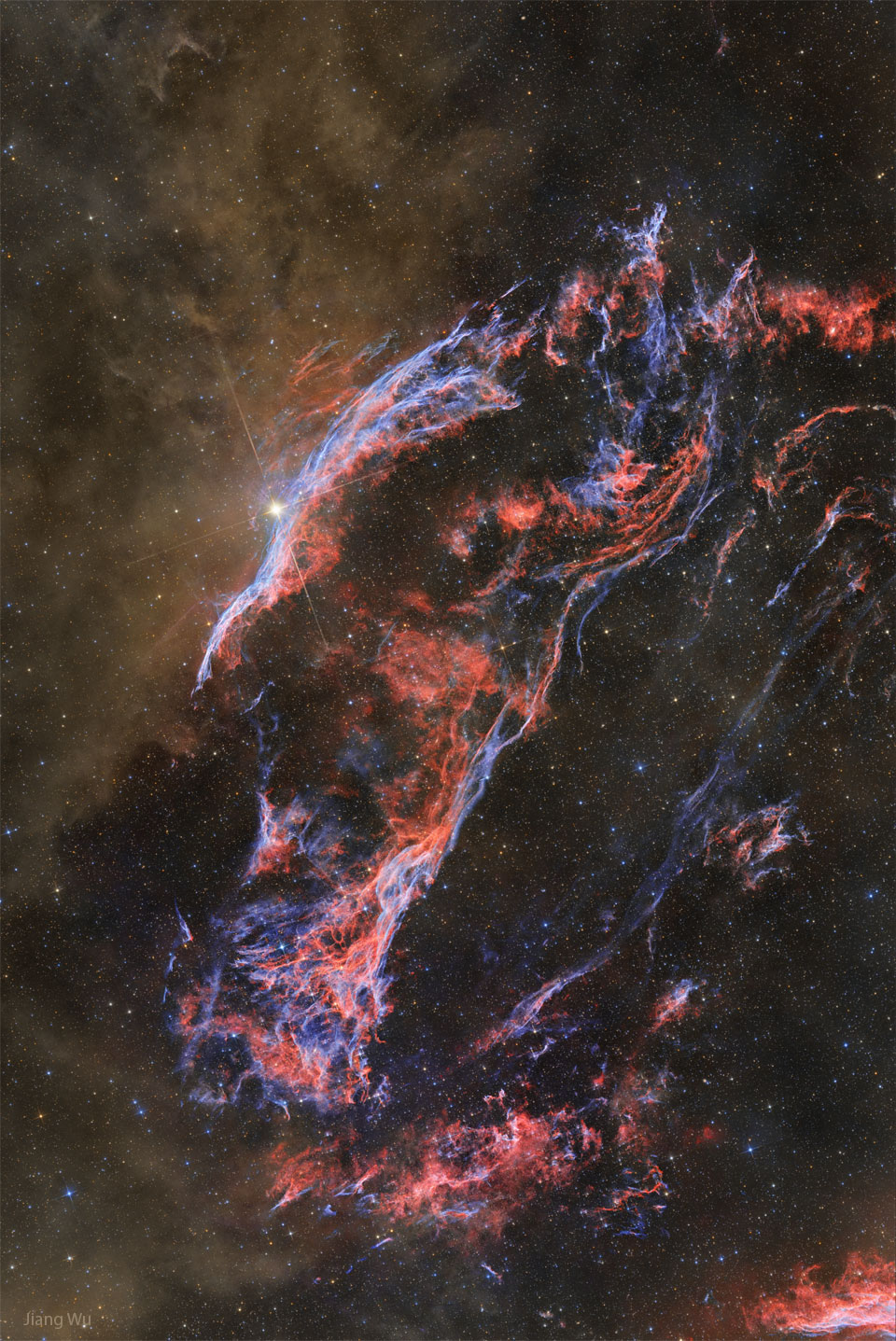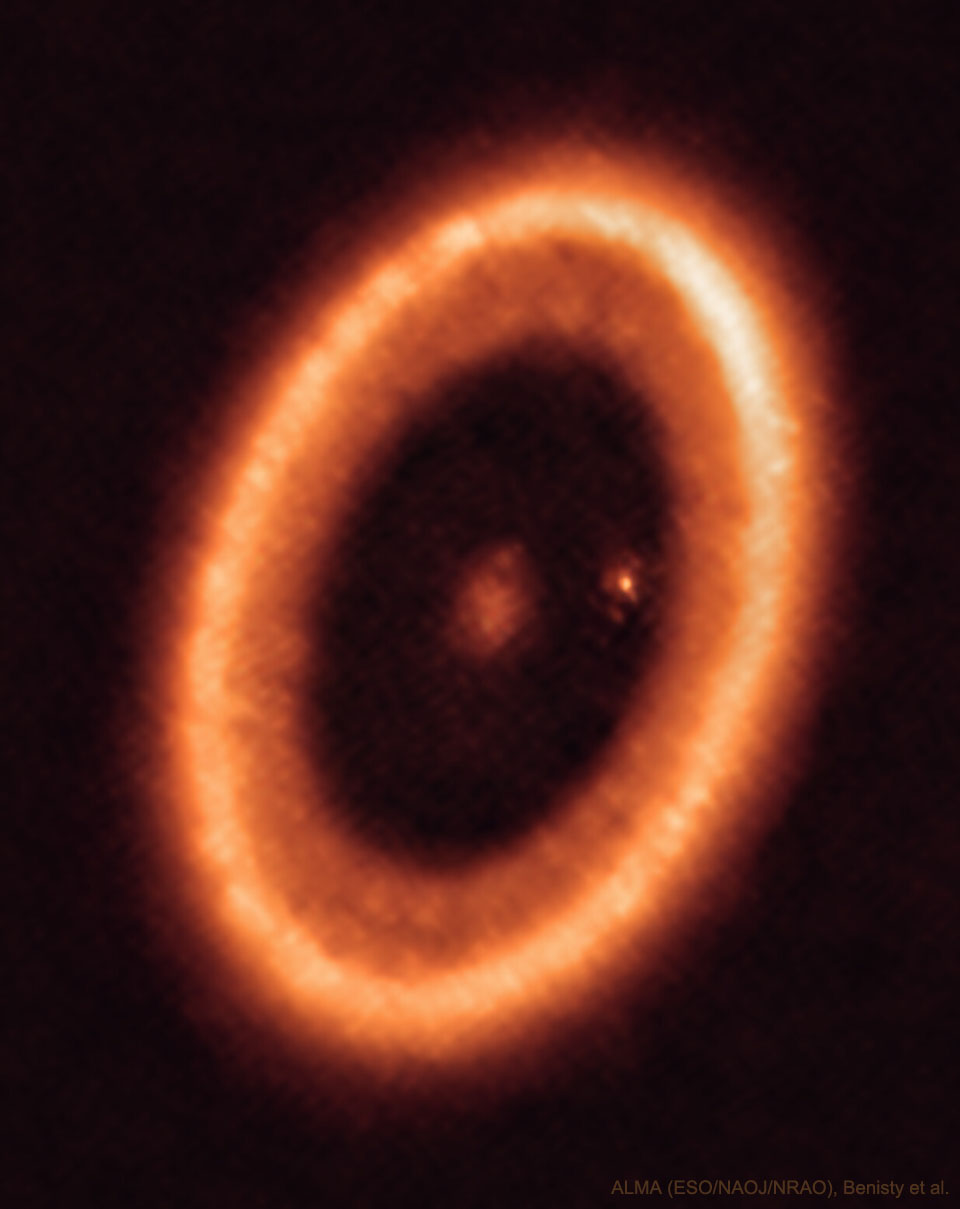안녕하세요, 잡학다식 입니다. 오늘은 과연 나사에서 어떤 방식으로 우주의 형상을 표현해 줄까요?
우선 이미지부터 볼 수 있도록 하겠습니다
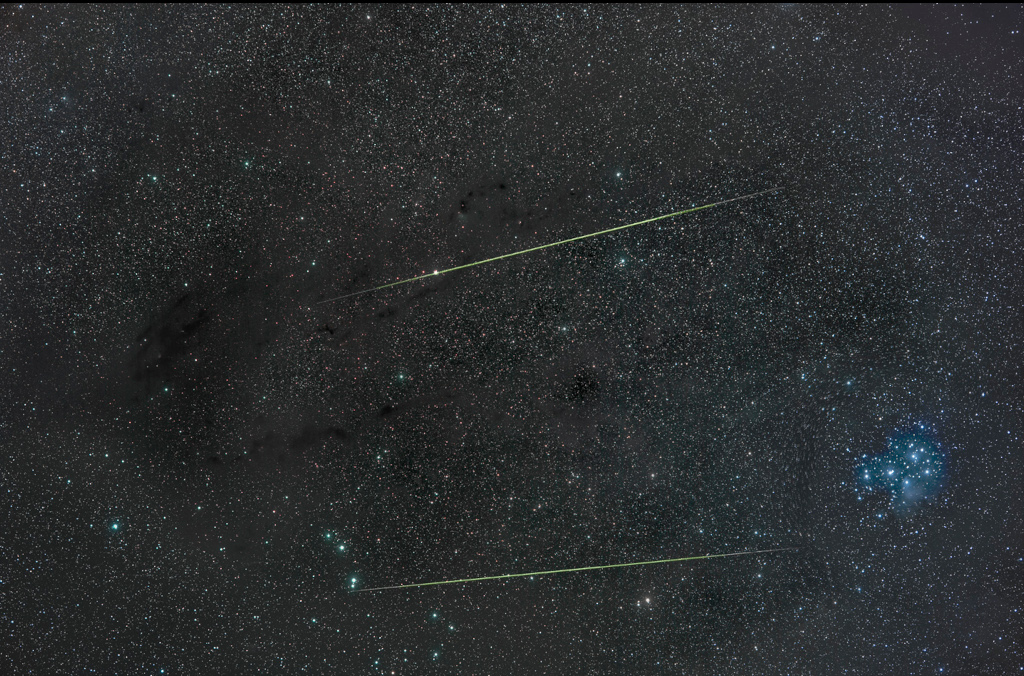
해당 사진의 이름은 Orionids in Taurus 인데요 우선 NASA에서 공식적으로 발표한 설명들을 확인해 보겠습니다
History's first known periodic comet, Comet Halley (1P/Halley), returns to the inner Solar System every 76 years or so. The famous comet made its last appearance to the naked-eye in 1986. But dusty debris from Comet Halley can be seen raining through planet Earth's skies twice a year during two annual meteor showers, the Eta Aquarids in May and the Orionids in October. In fact, an unhurried series of exposures captured these two bright meteors, vaporizing bits of Halley dust, during the early morning hours of October 23 against a starry background along the Taurus molecular cloud. Impacting the atmosphere at about 66 kilometers per second their greenish streaks point back to the shower's radiant just north of Orion's bright star Betelgeuse off the lower left side of the frame. The familiar Pleiades star cluster anchors the dusty celestial scene at the right.
이번에도 광활한 우주 앞에 인간이 얼마나 작은 존재인지 다시 한번 알게 되는것 같습니다
저는 내일도 더 좋은 사진과 함께 돌아오겠습니다, 그럼 행목한 하루 되시길 바랍니다
'과학상식' 카테고리의 다른 글
| NASA 나사의 오늘의 이미지들 (2023-10-28) (0) | 2023.10.29 |
|---|---|
| NASA 나사의 오늘의 이미지들 (2023-10-27) (1) | 2023.10.28 |
| NASA 나사의 오늘의 이미지들 (2023-10-25) (0) | 2023.10.26 |
| NASA 나사의 오늘의 이미지들 (2023-10-24) (0) | 2023.10.25 |
| NASA 나사의 오늘의 이미지들 (2023-10-23) (0) | 2023.10.24 |
